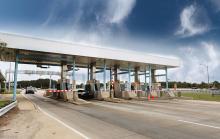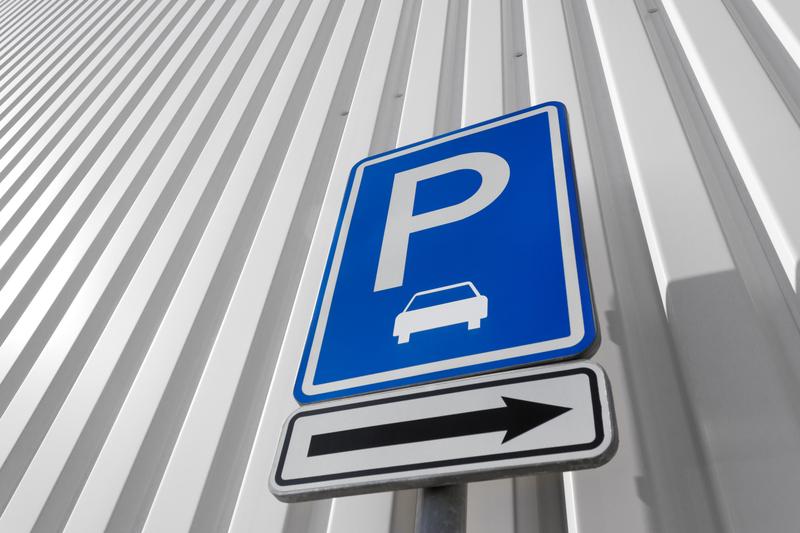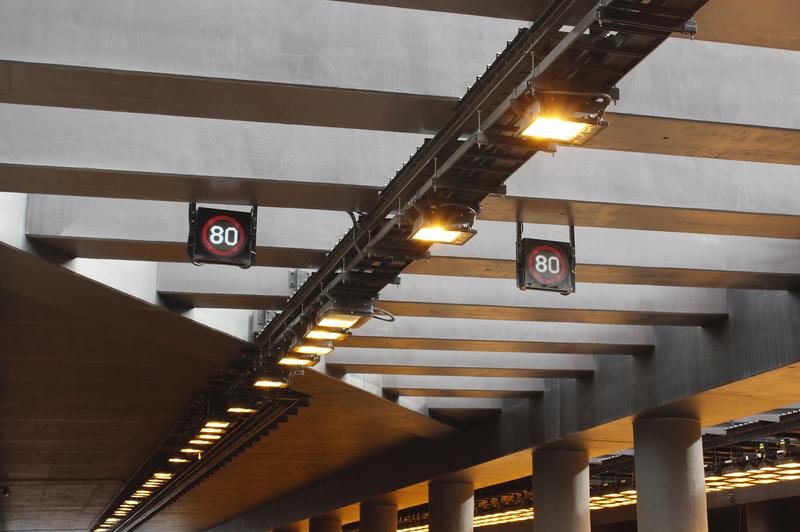Smart parking looks like a market poised to take off in the US. It could bring many benefits, not just for parking facility operators and their customers but also for society as a whole. Steven Bayless, senior director, telecommunications and telematics at ITS America, looks at some of the opportunities and challenges involved. Parking is an estimated $24-25 billion industry in the US and although highly fragmented, it is experiencing a growing trend towards consolidation and outsourcing of parking operatio
Smart parking looks like a market poised to take off in the US. It could bring many benefits, not just for parking facility operators and their customers but also for society as a whole. Steven Bayless, senior director, telecommunications and telematics at ITS America, looks at some of the opportunities and challenges involved.
Parking is an estimated $24-25 billion industry in the US and although highly fragmented, it is experiencing a growing trend towards consolidation and outsourcing of parking operations and services. Estimates suggest there are between 100 million and 800 million parking spaces in the US andWhile growth in ‘greenfield’ parking facilities is slow, adoption of electronic payment and parking customer convenience applications in existing ‘brownfield’ facilities shows promise. It is estimated that well over 50% of paid-for facilities accept some form of non-cash payment, and the remainder intend to convert to cashless payment options shortly.
Adoption of smart parking technology — especially parking customer convenience applications — appears to be at an early stage. For a long time, parking has been an arms-length, cash-only business, with very little emphasis on using technology to improve operational efficiency or customer service.
System types
Smart parking technology includes electronic parking payment systems (known by facility operators as Permit and Enforcement (P&E), Mobile Parking Payment, and Parking Access and Revenue Control (PARC) systems, plus variations such as Mobile Parking Payment) - and parking customer convenience applications, also known as Parking Usage Recognition and Customer Service (PURCS).Electronic parking payment systems provide features such as scalable, cloud-based permit application and issuance, cashless financial transaction management, report generation, and enforcement data such as outstanding citation payments. These cloud-based PARCs may also begin to interface with point-of-sale terminals located at the parking facility access gates or at parking meters or other pay-stations. The newest innovation, mobile phone parking payments processing, attempts to supplement, and in rare cases, even replace traditional point-of-sale transactions at facilities and on kerbside metered parking.
The deployment of cashless payment systems will allow operators to better measure performance and financial accountability, as well as serve as a foundation for other value-added services.
Parking customer convenience applications leverage electronic payment data to predict driver access to individual spots by time and location and in-sync with a variety of online activities like reservations, appointments, deliveries, and tourism/entertainment passes. Even strictly offline, mundane or transient activities such as errands, shopping, and commuting can be bundled with navigation-to-block/guidance-to-spot applications and parking electronic payment.
To support these off-line cases, parking applications will probably need channel partners that can create convenient and well-designed mobile apps to grab consumers’ attention. To do this, smart parking providers will need to establish reliable application programming interfaces (APIs) that enable service partners to provide consumers with access to smart parking services on-line through a variety of channels, including the web, mobile phone apps, connected personal navigation devices and car telematics services.
Post-trip connections and ‘parking validation’ offers can be bundled with parking activities that constitute a specific parking facility service model. From an operations perspective, parking facilities include four major service models, consolidated into a few broad categories: airport and hospital; on-street municipal; universities and large retail/hotel/event venues; and commercial parking garages and municipally operated facilities.
Areas of opportunity
Growth in smart parking solutions is likely to be seen early in municipalities as they have traditionally kept parking fees low and can justify price increases by investing in new technology to improve customer convenience. The most enticing market opportunity for long term revenue growth in smart parking, however, is commercial parking garages, which constitute the vast majority of parking entities.For commercial parking facility service models, bundling parking transactions with local merchants’ offers may provide an additional source of revenue through advertising. In addition to merchant offers, car-oriented services may also be bundled with parking transactions such as car valet, repair and maintenance, car-sharing, and electric vehicle charging services. These bundled services could help drive up occupancy over time, especially for commercial facilities focused on commuters.
For smart parking service providers, the low hanging fruit in the marketplace is electronic parking payment systems, especially Mobile Parking Payments and Permit and Enforcement applications, which are generally more scalable across facilities. Electronic parking payment systems make the payment process for operators more efficient by reducing revenue leakage, for instance reducing unaccounted transactions, and lowering operating costs through transaction automation, reporting and enforcement.
However, many electronic parking payment services such as traditional PARC systems are constrained by the need to integrate a wide variety of existing hardware, which significantly reduces the scalability of solutions. The need to integrate hosted PARCs with brownfield facility hardware, such as enduring meters, access gates and pay stations, represents the major constraint on scalability by creating an incremental cost and complexity.
Scalability of any cloud based smart-parking system also must address the issues of maintaining security and integrity of transaction data as a larger parking system may be a more attractive target for hackers seeking to profit from data or just disrupt the system.
Smart cities
Smart parking may over time evolve to be the first working component of a ‘smart-city operating system’. Such a parking component would ideally offer a service-oriented architecture that enabled the plug-in of hardware and software for city services over time.However, there are still a number of constraints that prevent smart parking from achieving a true service-oriented architecture. On the supply side, demands on brownfield parking operators to realise short payback on any investment in smart parking technology are indicative of an industry with very low operating margins. It is also revealing of an industry full of operators with considerable infrastructure investment left to recoup, and a willingness to defer new investments.
For brownfield facilities seeking to reduce costs by leveraging existing hardware, many will find themselves faced with a similar dilemma — expensively integrate hosted smart parking solutions now, or defer investment until new smart parking revenue opportunities arise or the new hardware components get cheaper.
With few new ancillary revenue opportunities, there will continue to be limited scope for smart parking vendors to incentivise reluctant adopters in the beginning. Until smart parking service providers begin matching parking facilities with local merchants’ offers, there will not be enough momentum and revenue incentive for many parking facility operators to begin investing.
Future outlook
Smart parking technology is about enhancing productivity and service in operations, lowering operating costs, and building value for customers to drive occupancy, revenues and facility value. Until credit card and mobile phone usage become ubiquitous, PARCS systems that accept cash will continue to operate, but there is still considerable room to grow smart parking technology.The need to better manage parking is certainly growing, as current parking practices, especially free parking, continue to create urban sprawl, higher traffic congestion and higher emissions.
Reducing parking’s massive geographical and environmental footprint is a worthy long term goal, and cost-effectively matching demand with infrastructure supply is one of the key contributions smart parking can make. As cities strive to solve the problem of mobility, wide-scale deployment of smart parking will be one of the key tools in their sustainability toolbox.
- This article comprises edited extracts from Smart Parking and the Connected Consumer, a report written by Steven Bayless and Radha Neelakantan and published by ITS America in December 2012. To access the full version of the report, visit: %$Linker:
2 External <?xml version="1.0" encoding="utf-16"?><dictionary /> 0 0 0 oLinkExternal www.itsa.org/knowledgecenter/market-data-analysis/smart-parking ITS America false http://www.itsa.org/knowledgecenter/market-data-analysis/smart-parking false false %>.





